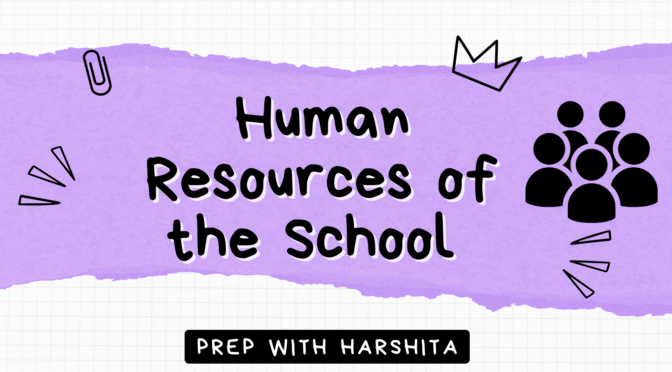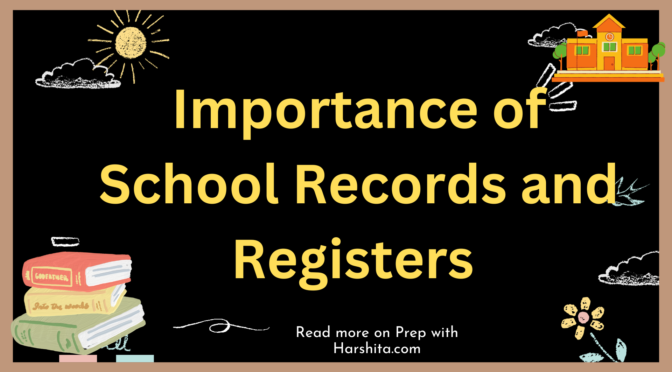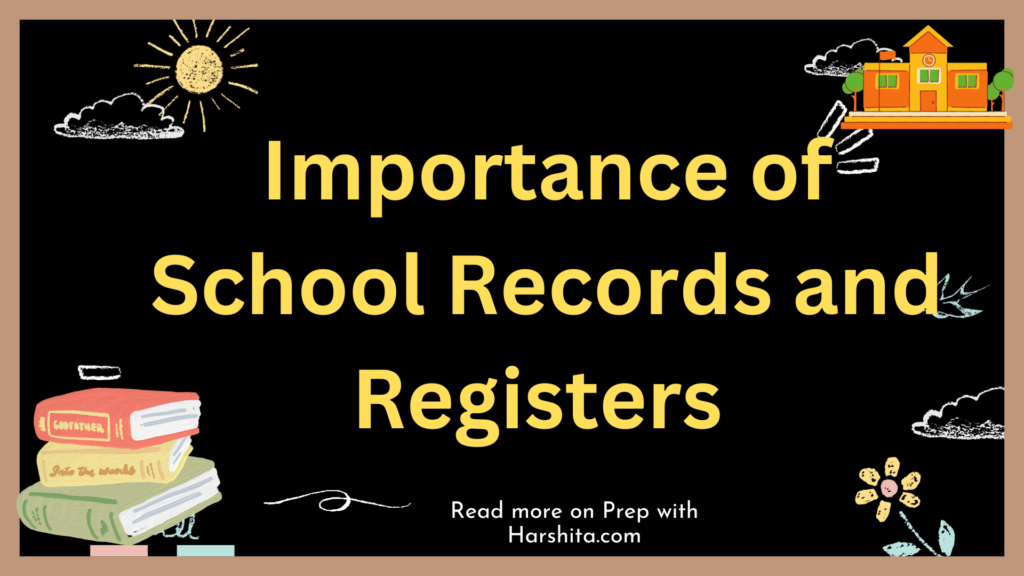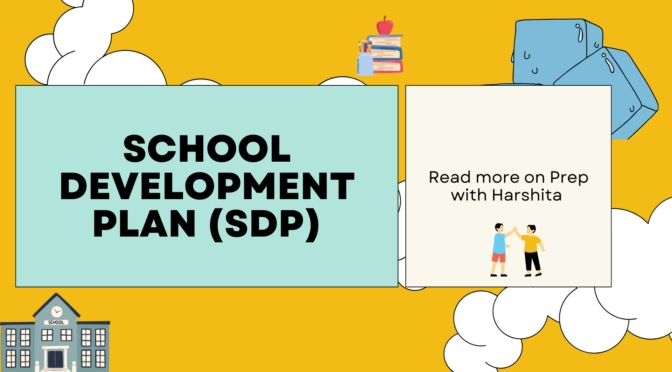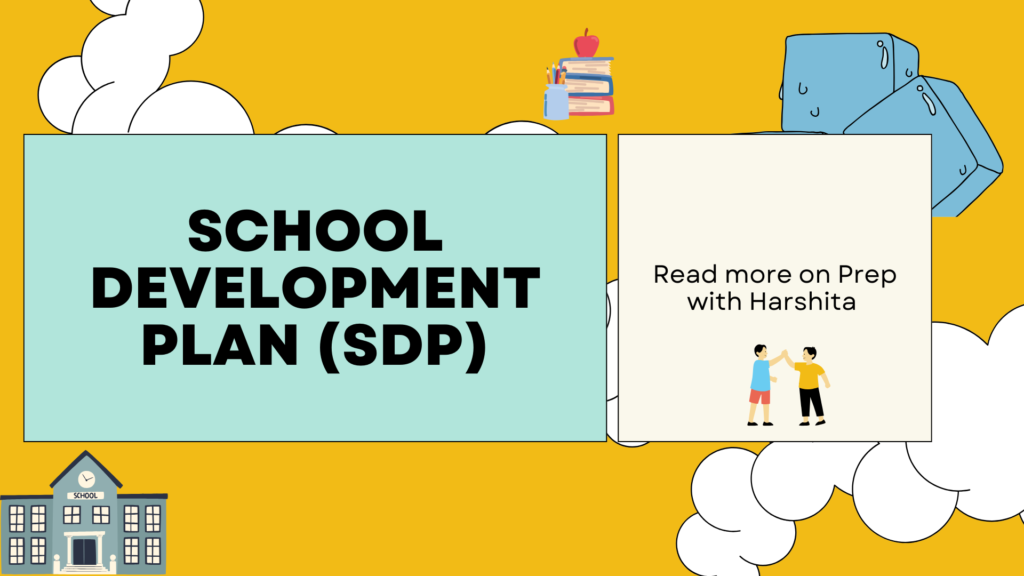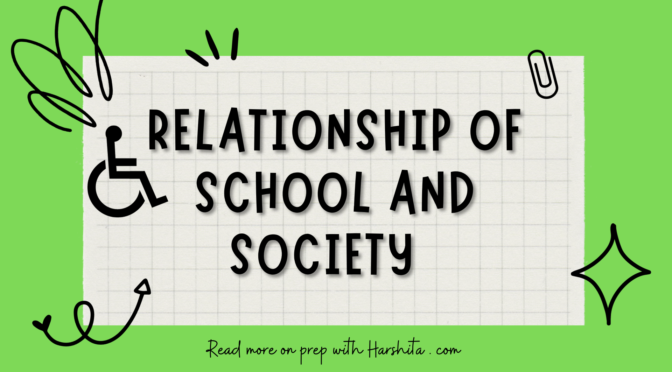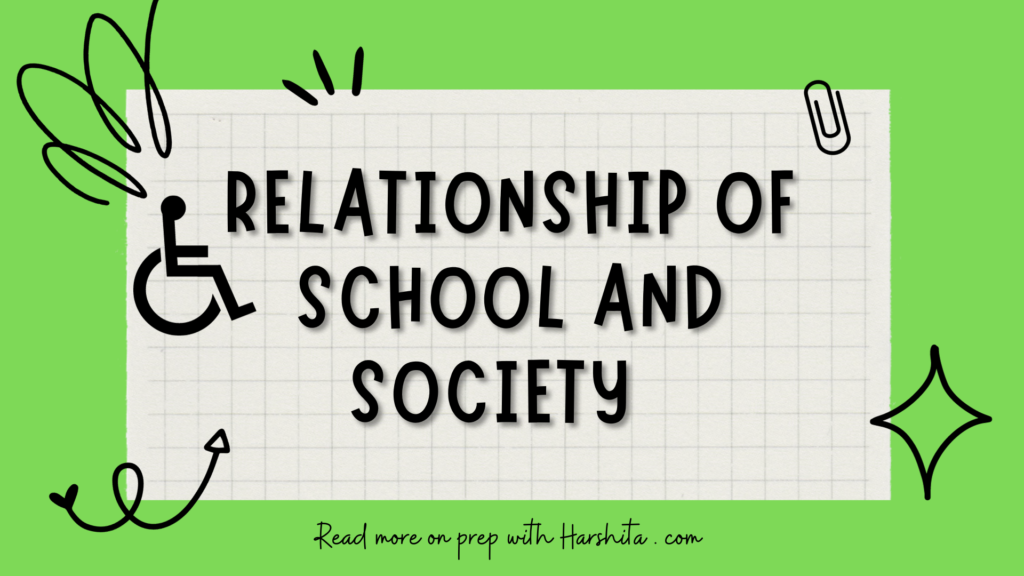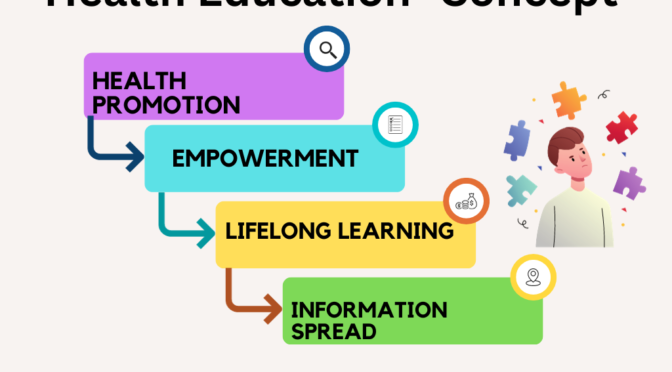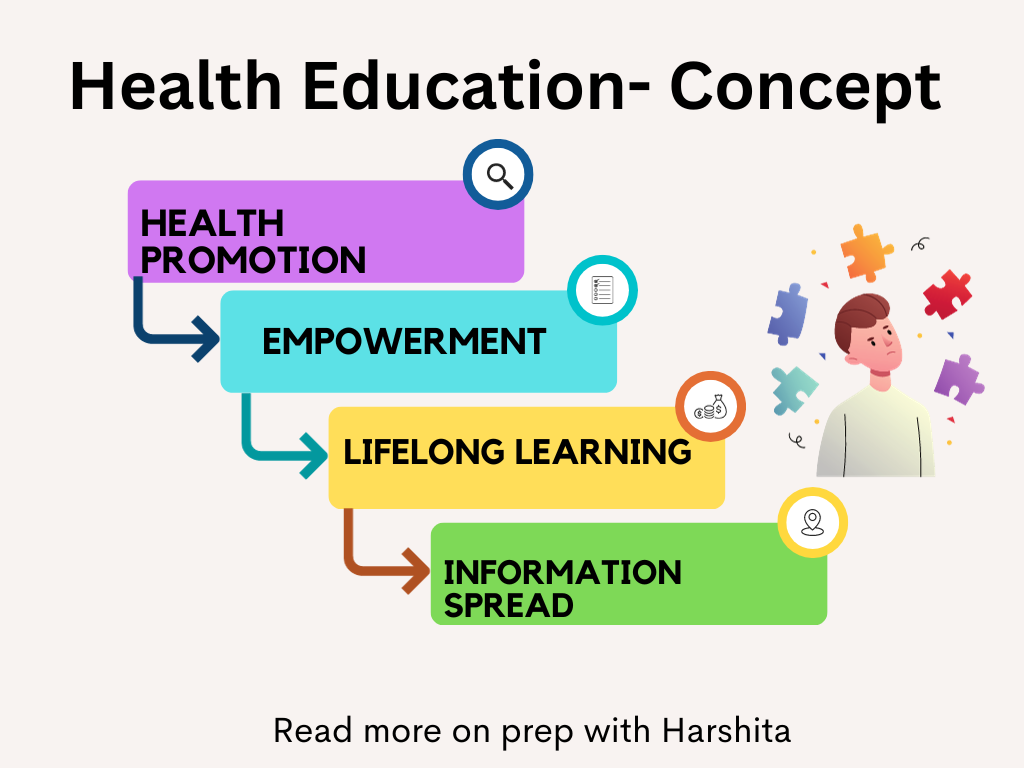The human resources of a school often referred to as the school’s staff or faculty, play a vital role in ensuring the effective operation of the institution and the quality of education it provides.
The roles and responsibilities of various members of the school’s human resources can vary, but here are some common positions and their typical roles:
1. Principal/Headteacher:
- Role: The principal or headteacher is the educational leader of the school, responsible for the overall management and administration of the institution. Their role includes setting the school’s vision, mission, and goals, managing staff, ensuring student discipline and safety, and representing the school to the community.
2. Teachers:
- Role: Teachers are at the core of the educational process. They are responsible for planning and delivering lessons, assessing student progress, providing feedback, and creating a positive and engaging learning environment. They play a crucial role in shaping students’ academic and personal development.
3. School Administrators:
- Role: School administrators, such as assistant principals, vice-principals, and deans, assist the principal in managing various aspects of the school. They may be responsible for discipline, curriculum development, or specific grade levels or departments.
4. Support Staff:
- Role: Support staff includes positions like school counselors, nurses, librarians, and paraprofessionals. They provide essential services to support students’ academic, social, and emotional needs. For example, counselors offer guidance and support, nurses provide healthcare services, and librarians assist with research and reading.
5. Non-Teaching Staff:
- Role: Non-teaching staff includes administrative and support roles, such as secretaries, clerks, custodians, and maintenance personnel. They help keep the school running smoothly by managing administrative tasks, maintaining the facilities, and ensuring a clean and safe environment.
6. Special Education Staff:
- Role: Special education teachers and specialists work with students who have diverse learning needs or disabilities. They provide individualized instruction and support to help these students reach their educational goals.
7. Curriculum Coordinators:
- Role: Curriculum coordinators are responsible for developing and aligning the school’s curriculum with educational standards, as well as providing guidance and resources to teachers for effective curriculum delivery.
8. Parent-Teacher Association (PTA) Representatives:
- Role: PTA representatives facilitate communication and cooperation between parents and the school. They may organize events, meetings, and initiatives to engage parents in their children’s education.
9. Librarians and Media Specialists: – Role: Librarians and media specialists manage the school’s library and digital resources, helping students and teachers access information and promoting a love of reading and research.
10. IT and Technology Specialists: – Role: IT and technology specialists are responsible for managing and maintaining the school’s technology infrastructure, including computer labs, networks, and educational software.
11. Security and Safety Personnel: – Role: Security and safety personnel ensure the safety of students, staff, and the school’s facilities. They may implement security protocols, monitor access, and respond to emergencies.
The specific roles and responsibilities of school staff may vary depending on the school’s size, grade levels served, and the educational system in place. Collaborative teamwork among all staff members is essential for the school’s success in providing a quality education and supporting the growth and development of its students.
Also Visit: Prep with Harshita
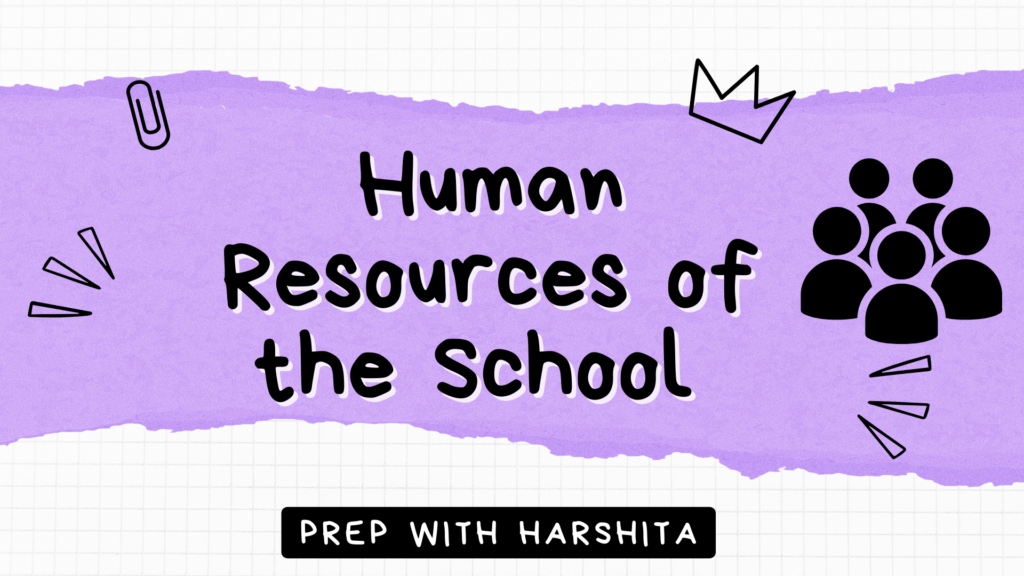
Also Read : School Development Plan

